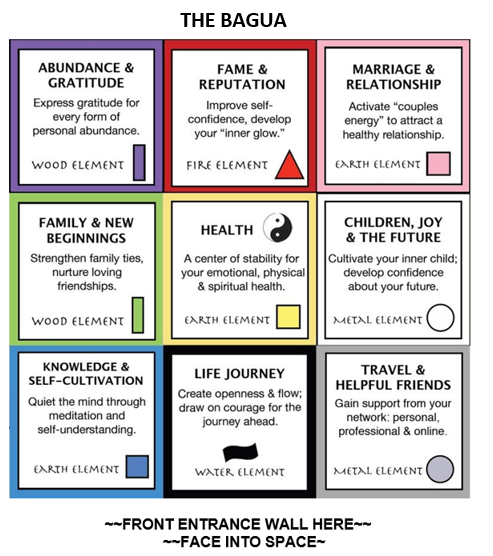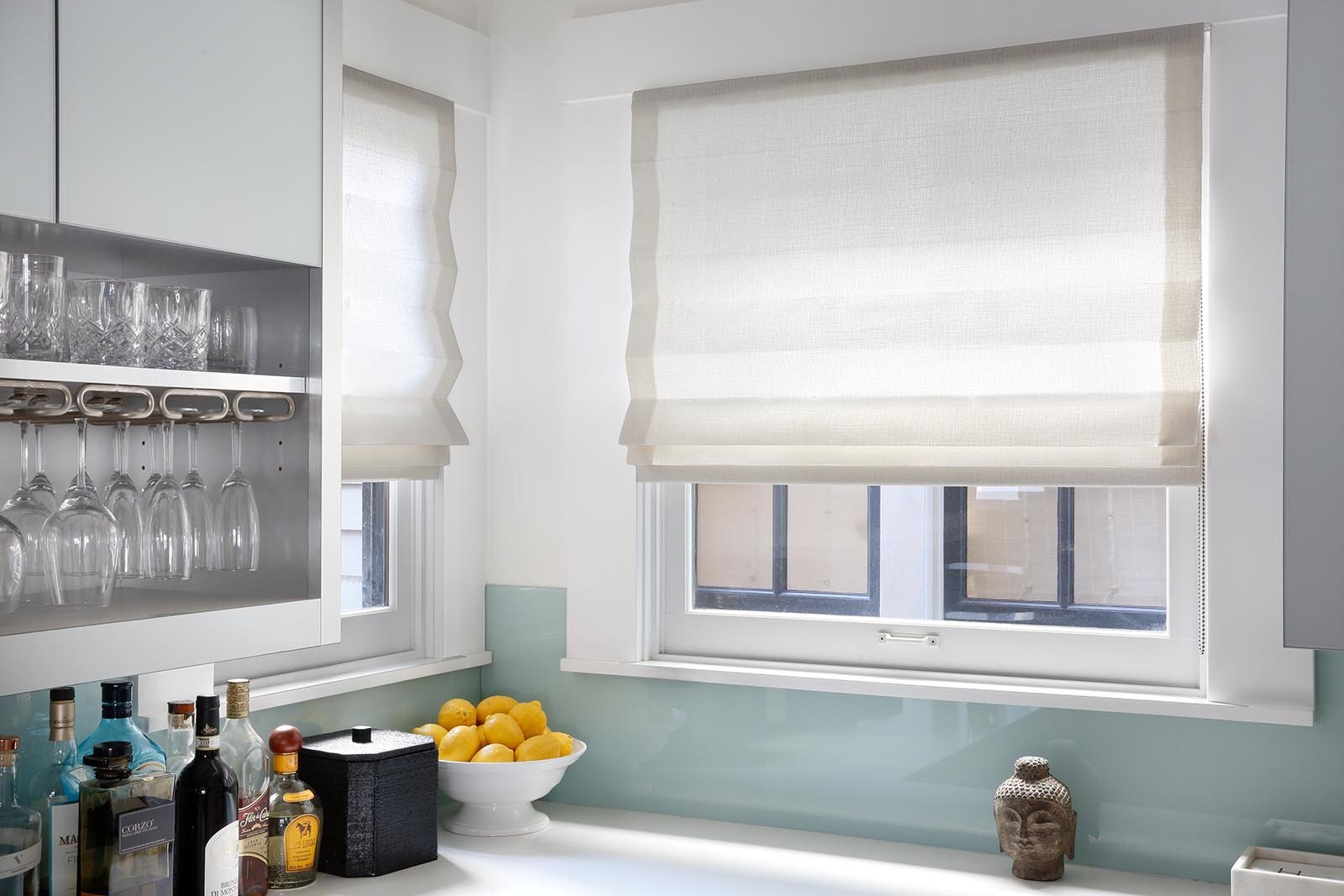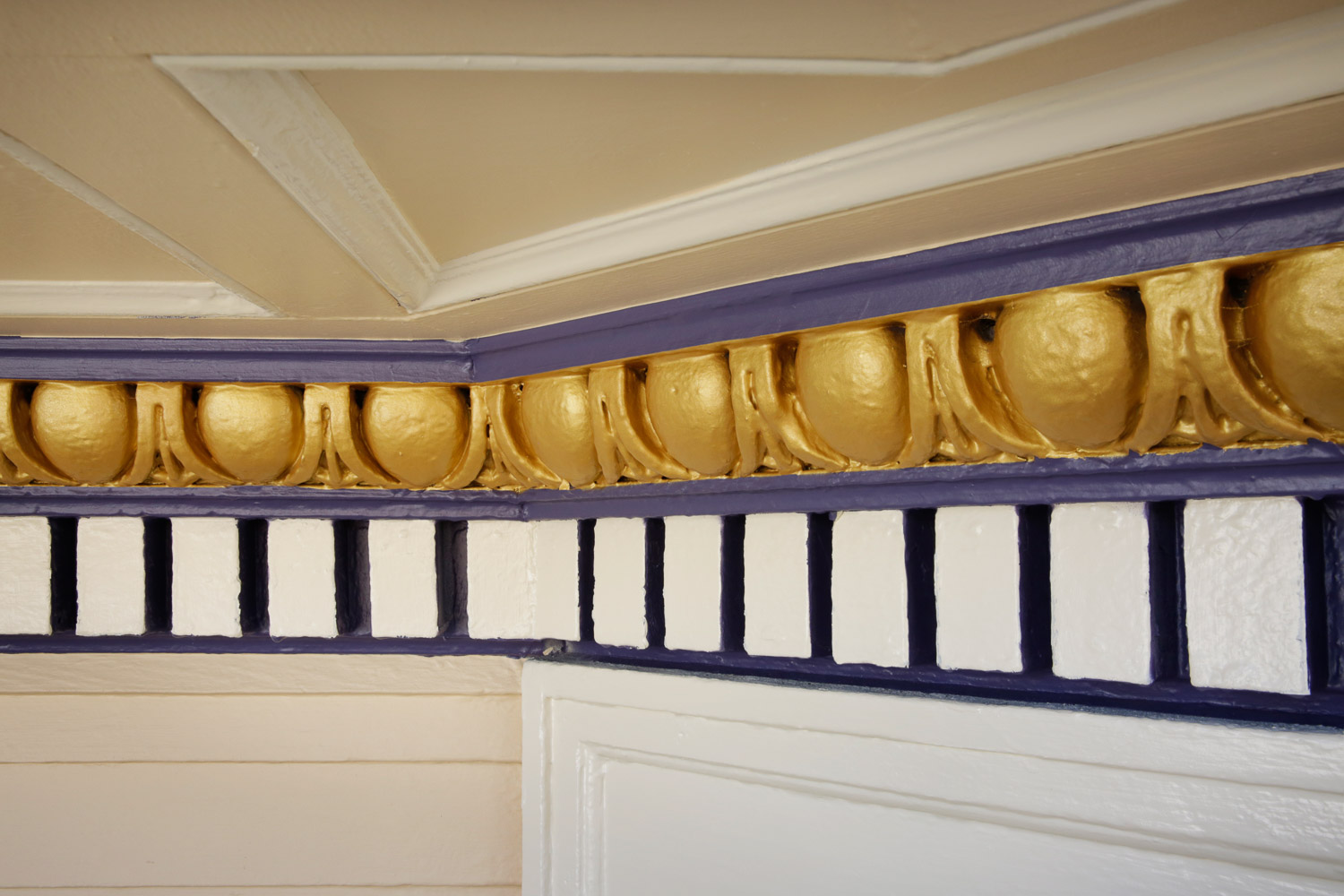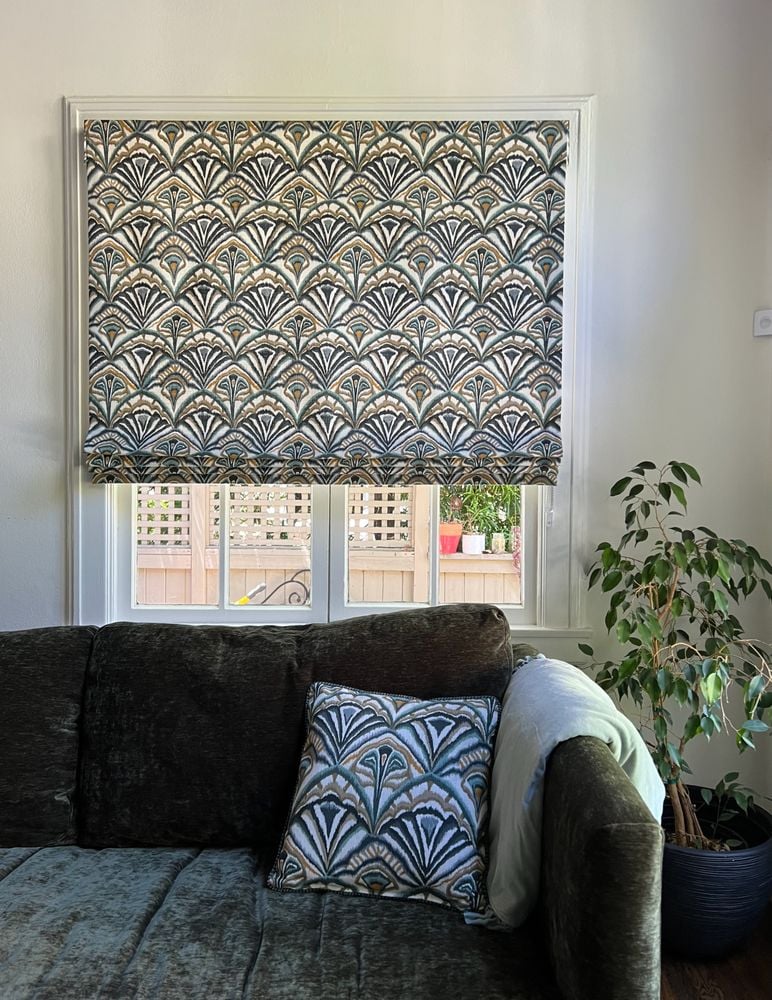Feng Shui is an art and a science. There are different forms practiced throughout the East including in Tibet, India, and China. Each version holds the fundamental concept that “placement” or arranging of the objects invites the natural world into our homes or any space through the “Five Elements” to calm, nourish, and personalized, nature-inspired interiors. The two words, “Feng Shui” translated are “Wind” and “Water,” which together symbolize flow.
The primary tool used is the Feng Shui “Bagua” (see below). The Bagua is laid over like a map onto any property or home/building based on the location of the front entrance. Each area of the house holds the energies of one of the 5 elements. Placement of furniture, art, etc., is critical to evoking the qualities of that element. The practice of Feng Shui also includes loving your environment, because doing so invites more of what you love into your space and makes it sacred.
There are many layers to creating healthy Feng Shui and include de-cluttering, placement (furniture, art, etc), lighting, fragrance, color, landscaping, re-models and home offices.
Color is a key factor in Feng Shui. It can be applied to represent one of the Five elements (Earth, Fire, Water, Air, Spirit), but should also be chosen in consideration of the space and the energies that need to be cultivated there. For example, in the master bedroom, a yang or “active” color like bright orange or red is not recommended, because bedrooms are primarily for sleep (and romance). A soothing light green Benjamin Moore Budding Green CSP 790 or Peaceful Garden CSP 830 may be ideal.
There are many layers to healthy Feng Shui, including de-cluttering, object placement, lighting, fragrance, color, and landscaping. Feng Shui principles are employed through basic principles of design for a home or office remodel from the beginning or utilizing “cures” to correct areas that may not be easily conformable to the ideal Feng Shui placement and principles.
BASIC FENG SHUI TIPS
- Ensure that your front entrance is easy to find and keep it bright, tidy, and welcoming
- Use a foyer table in the entry to provide a welcoming and beautiful area to receive your family and guests
- Desks and beds should always be in the “command position” (facing the door)
- Beds, if at all possible, should not go under a window
- Keep bathroom doors closed
- Choose a good “flow color” to connect the common areas of the home or office
- Utilize personalized or nature-inspired art
- Use stove cooktop in the kitchen regularly and keep it clean
- Organize kids’ zones
- Clear items from blocking any entrance
- Enhance the presence of natural light
- Keep your windows clean



